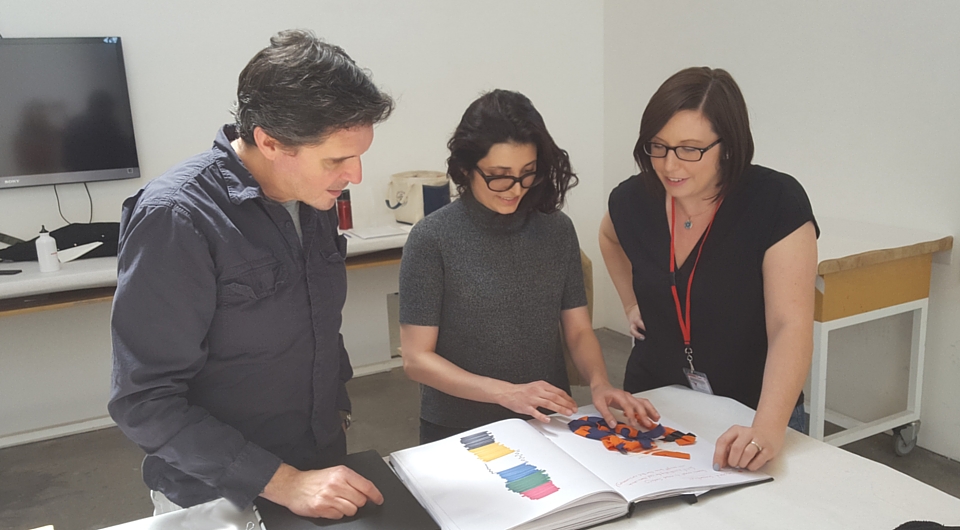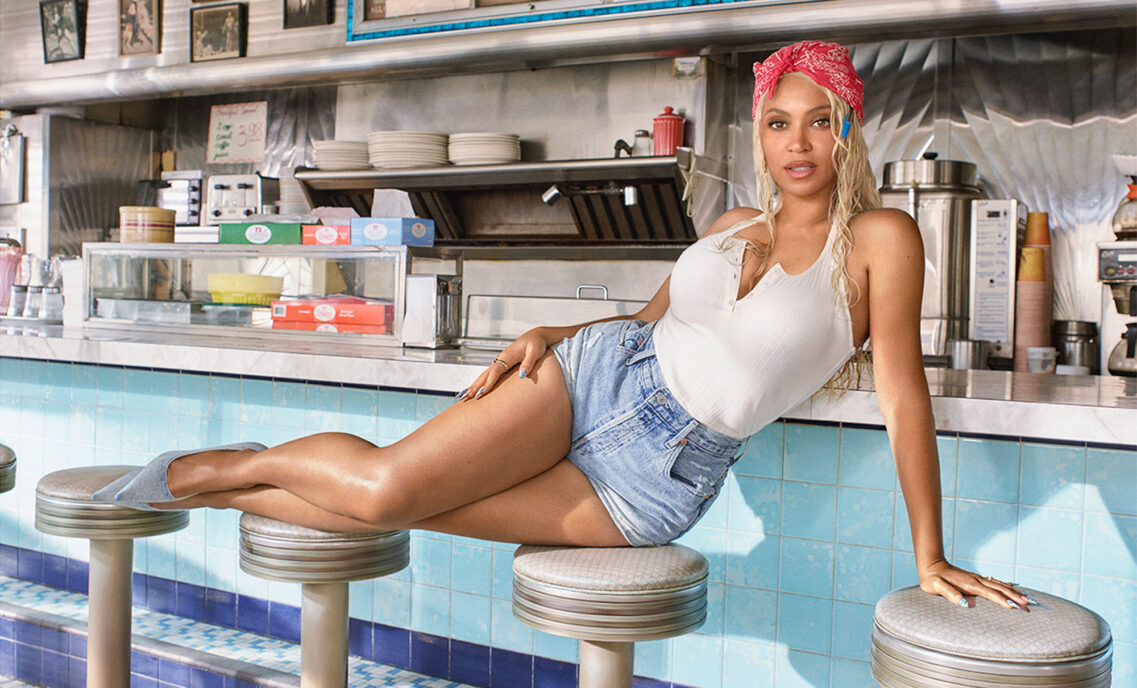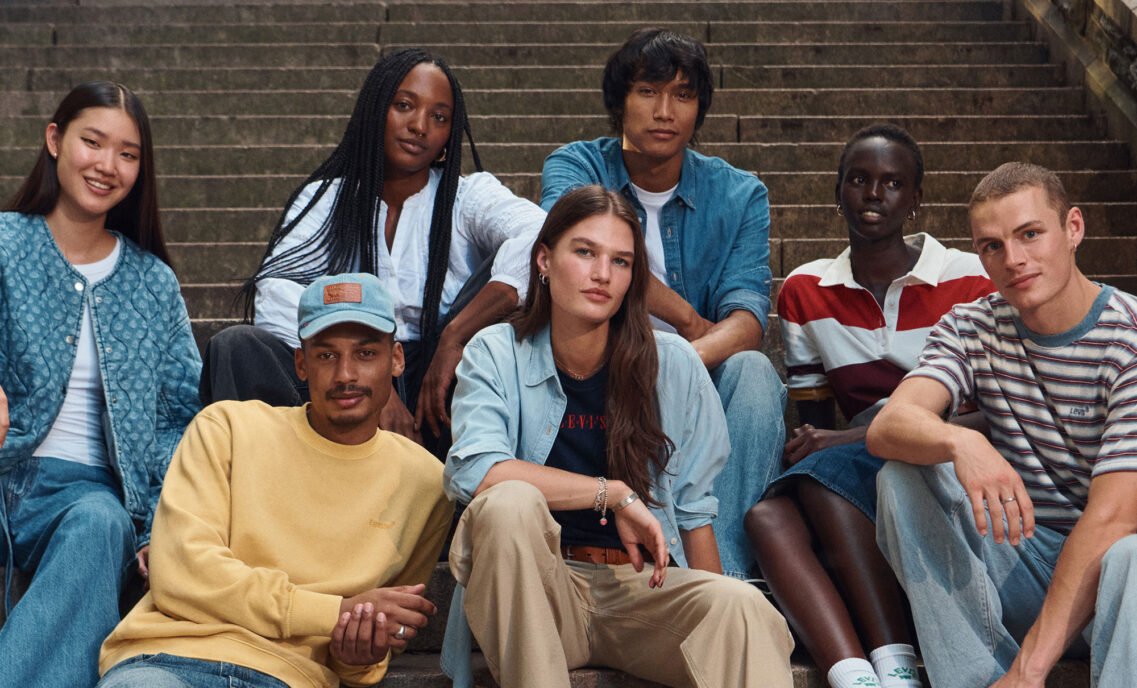Ask Dockers® designers Anthony Murray and Marilee Avteniev the biggest lesson they can impart on fashion’s future, and their answers are down to earth — literally.
“It is very exciting to think about all we can impact just by doing our jobs with sustainability in mind,” Marilee said. “I think that we all have an obligation to improve our impact on the planet and the people we share it with.”
Anthony draws on the wisdom of entrepreneur Peter Thiel, saying “It’s about definite optimism — that the future will be better than the present if they plan and work to make it better.”
As senior lecturers at San Francisco’s California College of the Arts, they focus on sustainable design, talking to students about everything from biomimicry to the product lifecycle and material sourcing. Students are also given the opportunity to use Levi Strauss & Co.’s Eureka Innovation Lab for sustainable denim design projects.
“These guys are now physically working in the industry, so they can give insight and feedback from what they’ve experienced,” said CCA student Aigne French. “I think that’s really valuable.”
Tonight the Dockers designers will have a chance to see the work of former students at the CCA’s Annual Fashion Show. The capstone event will feature collections that students crafted throughout their college tenures with the help of those like Anthony and Marilee.
“I think this is an amazing opportunity for the students to learn from working professionals in a field they hope to enter in the near future,” Marilee said. “We are doing a great service to our future generation of designers, and ultimately I hope I am demonstrating that the company cares about educating and supporting new design talent right here in our hometown of San Francisco.”
For Anthony, it’s about instilling a sustainable mindset at the onset of a new career.
“Ideally we would stop talking about sustainable design per se and instead talk about sustainability simply as a value against which the quality of design is judged, period,” Anthony said. “Ignorance is not a suitable defense. Toxic chemistry, disregard for worker well-being, irresponsible water consumption, and the use of non-renewable raw materials should not be blissfully ignored as a means to an end but considered elements of bad design.”
Threading sustainability into design should in no way impede on the creative process, according to Marilee.
“I hope they learn that the beautiful designs they dream of making — their dream jobs — can be done sustainably,” she said. “Making clothing that doesn’t hurt our world and the people in it is possible, fun and exciting! A designer can delight in making products that provide for people and the planet.”

Fashioning Sustainably: Dockers® Designers Teach Students Tricks of the Trade
May 13, 2016






